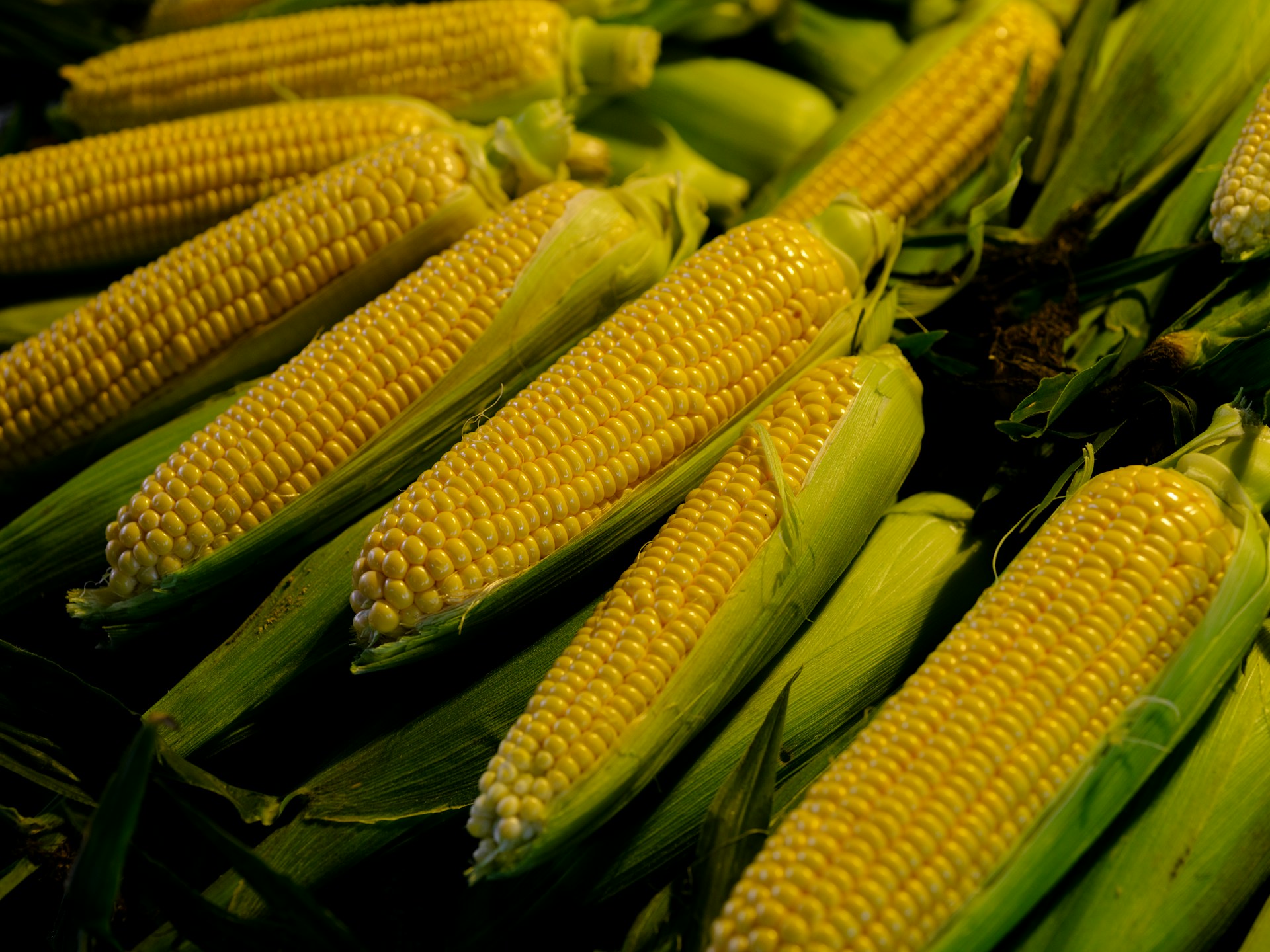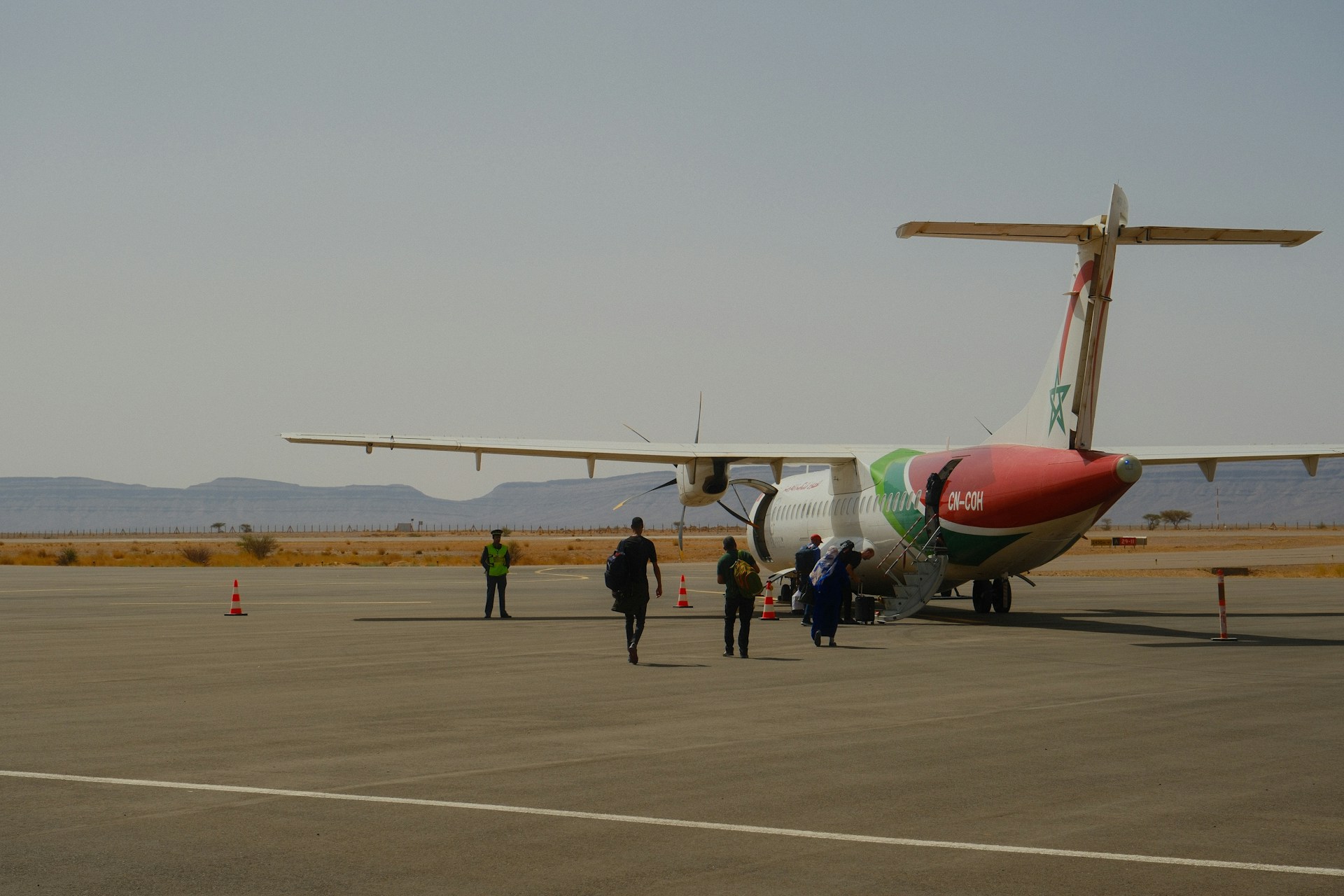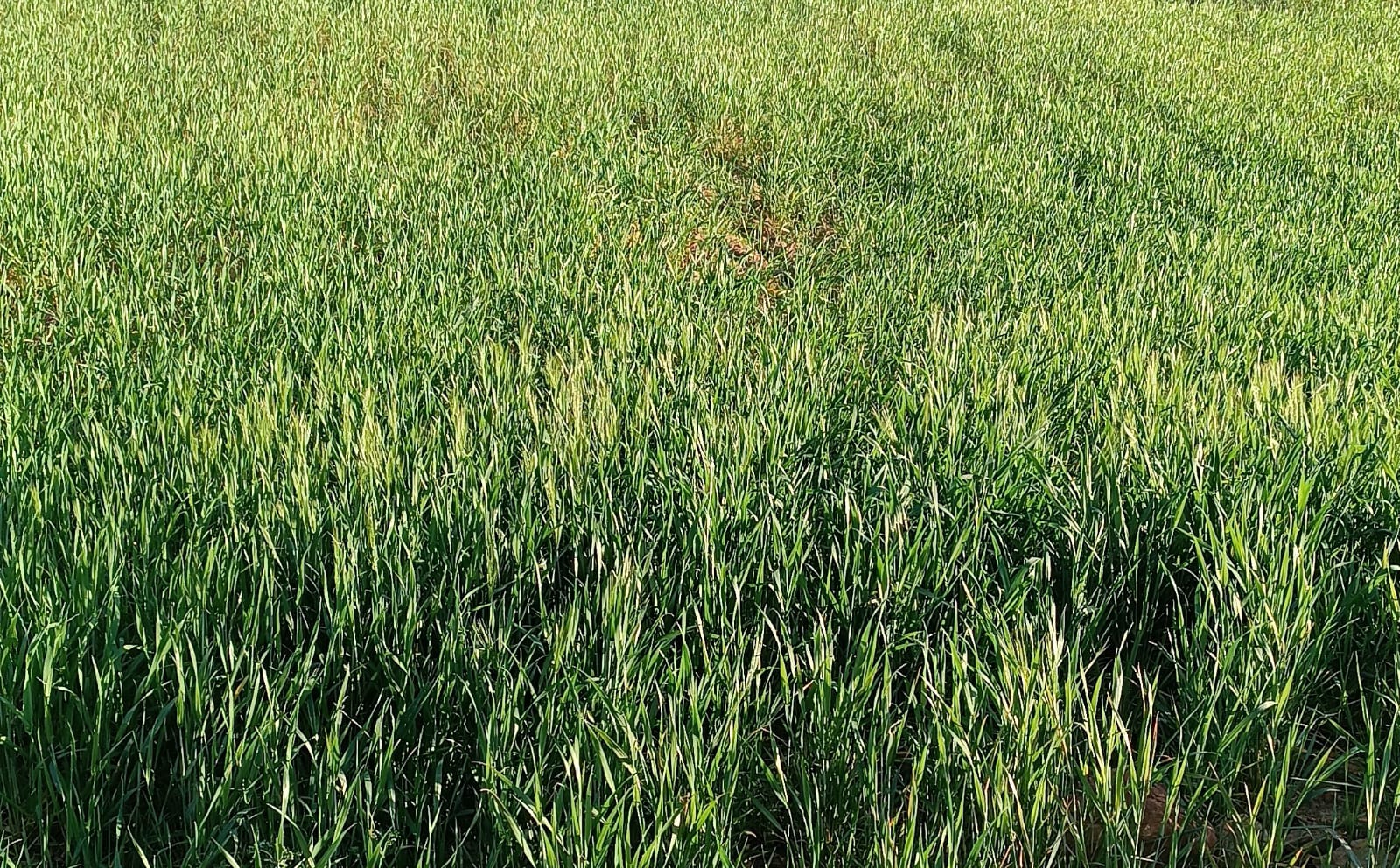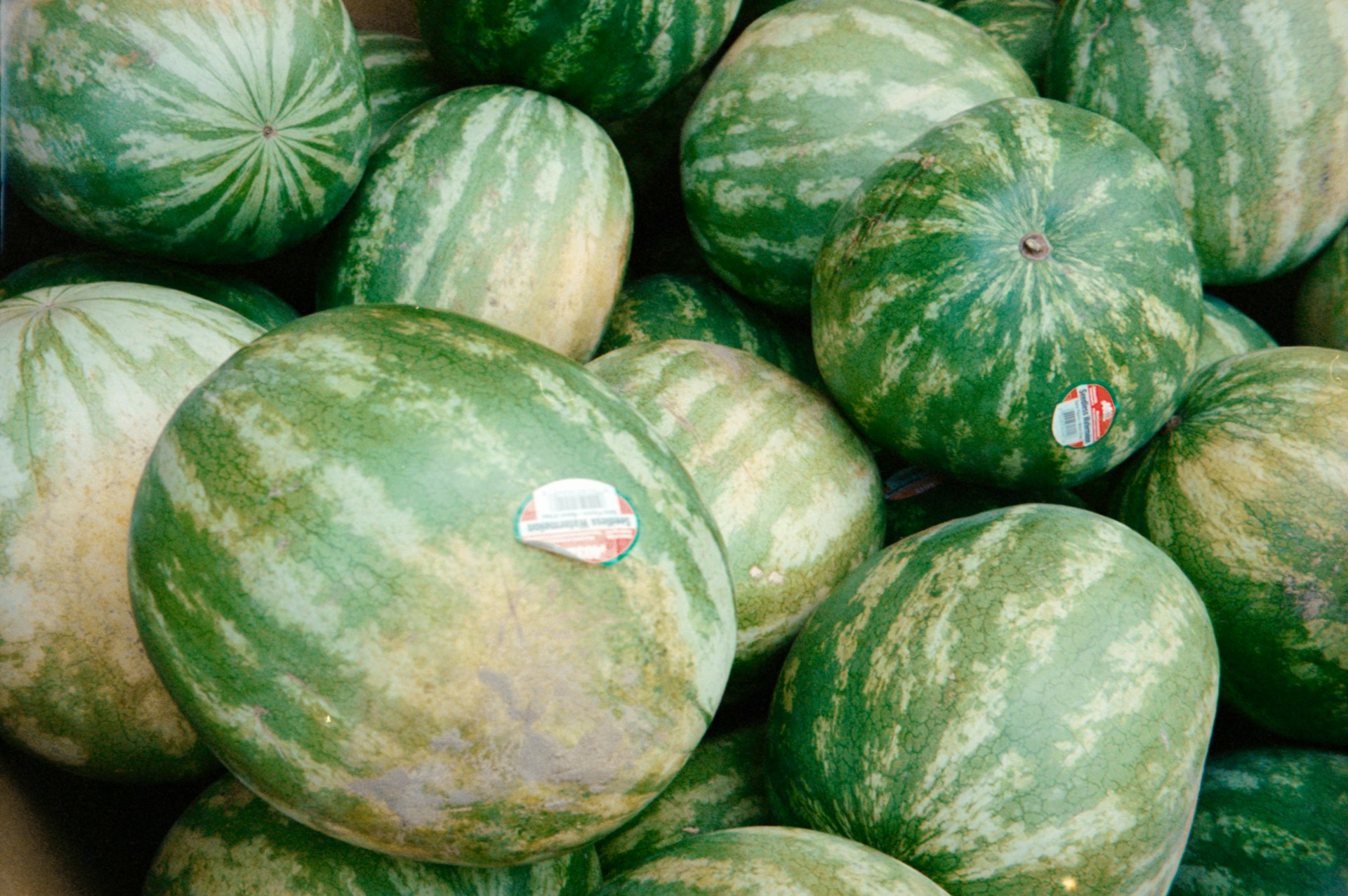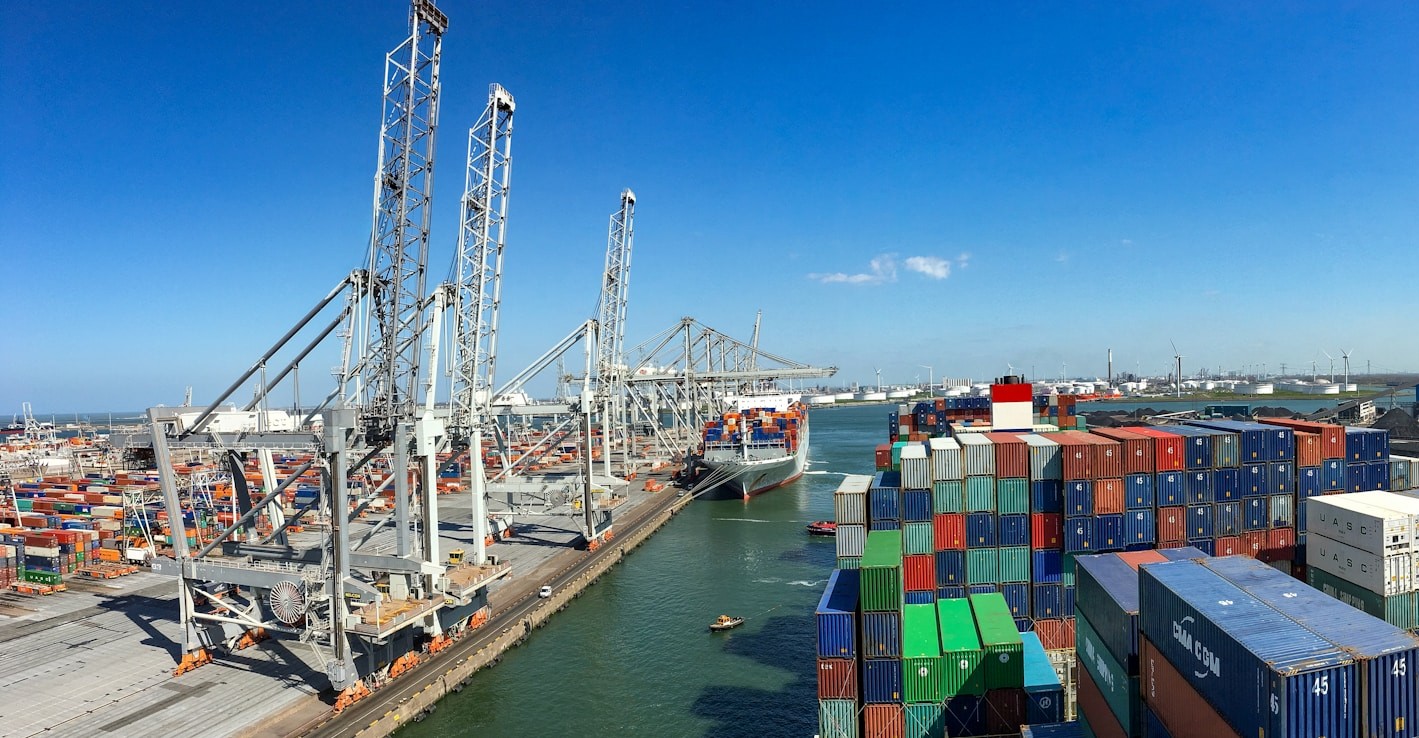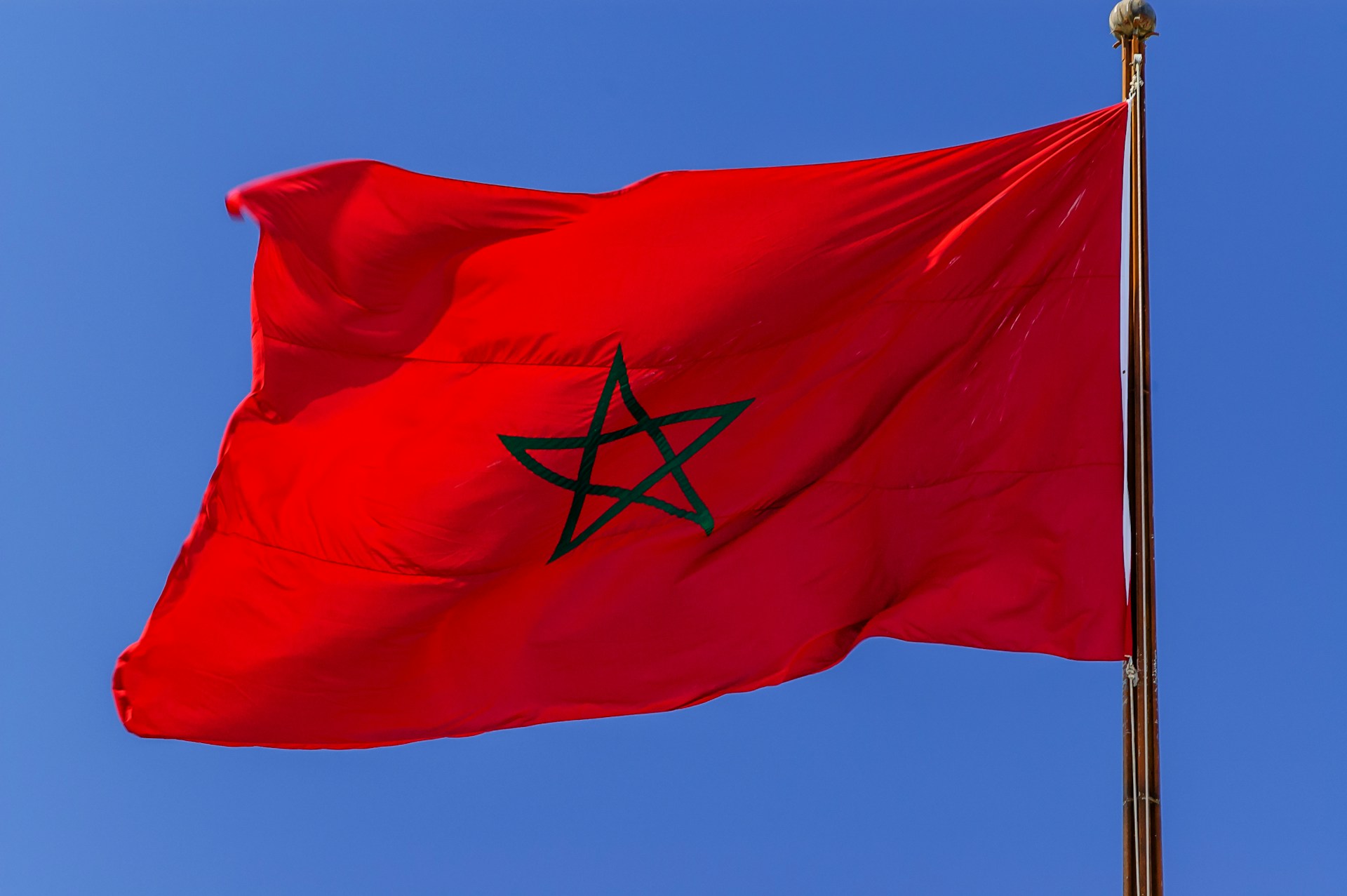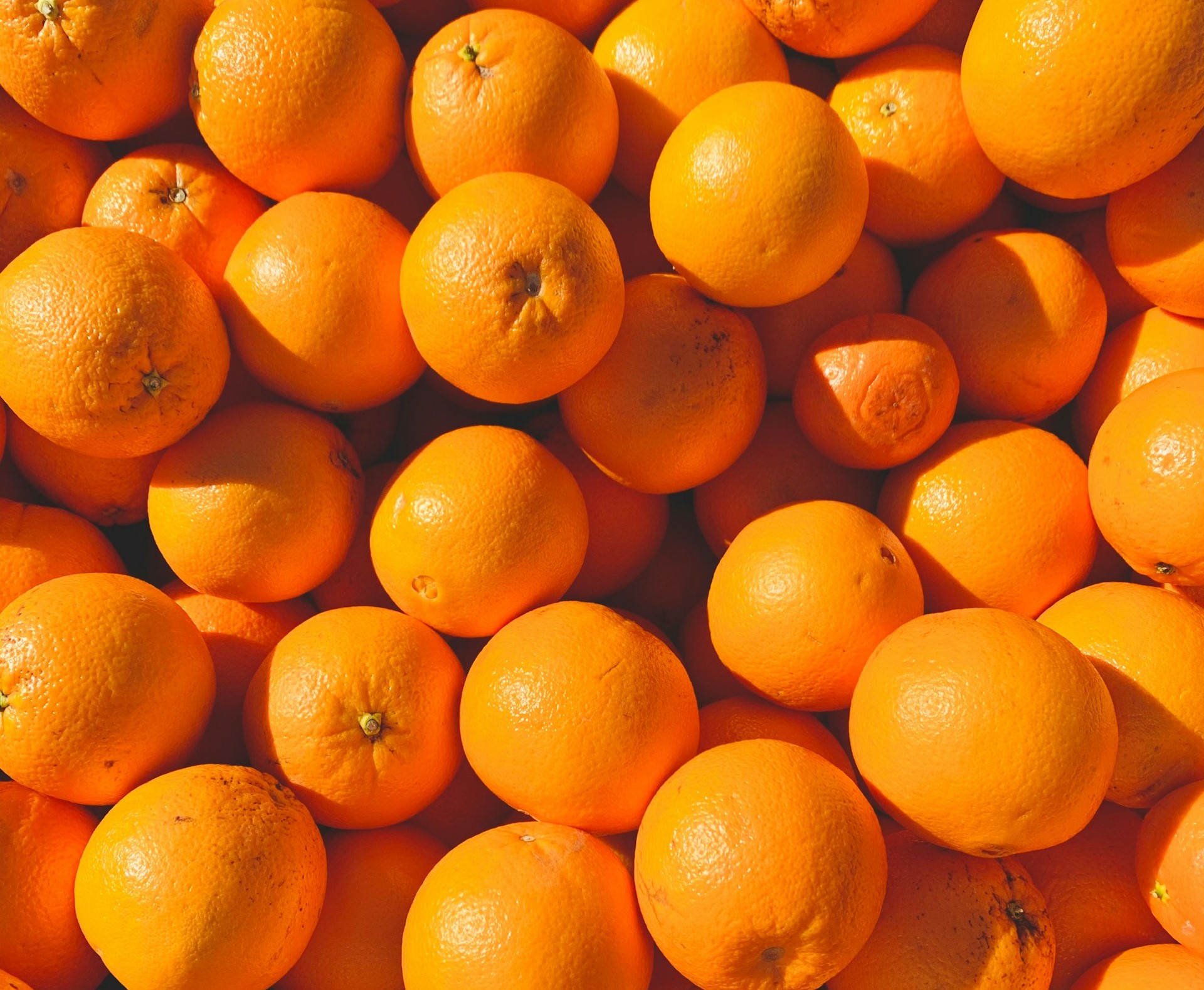Casablanca – Morocco’s agricultural sector faces ongoing challenges due to fluctuating climatic conditions, particularly in cereal production. The 2025 wheat harvest, despite receiving abundant rainfall in March, is projected to remain below the ten-year average. According to the U.S. Department of Agriculture’s Foreign Agricultural Service (USDA FAS), this shortfall is primarily attributed to early-season drought conditions and a reduction in the cultivated area. While late-season rains have provided some relief, they have not fully offset the impact of an unfavorable start to the growing season.
A season marked by climatic extremes
The 2025 wheat season in Morocco has been characterized by contrasting weather patterns. The country experienced prolonged drought at the beginning of the agricultural season, severely affecting sowing, particularly in the southern regions. Many farmers were forced to delay planting as they waited for the first significant rainfall, which did not arrive until March. By that time, much of the growing season had already been compromised, limiting the potential for a full recovery in wheat yields.
Initial expectations from Morocco’s Ministry of Agriculture projected a total sown area of 5 million hectares. However, due to persistent dry conditions, only 40% of the intended area was ultimately cultivated. As a result, the total area planted for soft and durum wheat was estimated at 2.2 million hectares, with an additional 800,000 hectares allocated to barley. This represents a 30% decline compared to the ten-year average.
Differentiated impact on early and late-sown crops
The effects of the March rains were uneven across different planting periods. Crops sown earlier in the season were particularly vulnerable, with prolonged dry conditions from December to February significantly weakening their growth. These early-planted crops are expected to yield well below average levels. In contrast, crops sown later in the season have benefited from the increased soil moisture following March’s heavy rainfall, showing improved growth conditions. However, the overall national harvest remains below historical averages.
Production estimates and import requirements
The USDA FAS projects that Morocco’s wheat production for the 2025/26 season will reach 1.7 million metric tons (MMT) for soft wheat, 1.1 MMT for durum wheat, and 700,000 metric tons for barley. Although this represents an improvement over 2024’s drought-affected harvest, it still falls short of the country’s typical production levels.
To compensate for the domestic production shortfall, Morocco is expected to increase its wheat imports. The country’s wheat imports for the 2025 season are projected at 7.3 MMT, while barley imports are estimated at 900,000 metric tons. This marks a 42% increase over the ten-year average, though slightly lower than the previous year due to a modest recovery in domestic production.
Diversification of wheat suppliers
Historically reliant on France as its primary wheat supplier, Morocco has diversified its import sources in recent years. In the 2024/25 season, the country expanded its wheat procurement to include Germany, Canada, Russia, Romania, and Poland. Notably, Russia has emerged as a key supplier, with Moroccan wheat imports from Russia reaching 960,137 metric tons between June and December 2024, a 278% increase compared to the same period in 2023. This diversification strategy enhances Morocco’s food security by reducing dependence on a single supplier and mitigating potential disruptions in global wheat markets.
Challenges and adaptation strategies
To address the ongoing challenges posed by climate change, the Moroccan government is promoting the adoption of direct seeding techniques. This method, which helps retain soil moisture and improve resilience against erratic rainfall patterns, will be gradually implemented in key agricultural regions such as Rabat-Kénitra, Khémisset, Meknes, and Fes. The Ministry of Agriculture aims to cover 200,000 hectares with this technology by 2030, providing farmers with more sustainable farming practices to cope with increasing climatic variability.
In addition to direct seeding, the government is supporting research into drought-resistant wheat varieties and promoting better irrigation practices to maximize yields. These measures are essential to mitigating the adverse effects of climate change on Morocco’s cereal production.
While the March rains provided a temporary boost to Morocco’s wheat fields, they were insufficient to reverse the season’s overall decline in production. Early-season drought conditions and a significant reduction in the cultivated area have kept wheat output below the ten-year average. As a result, Morocco will continue to rely heavily on wheat imports to meet domestic demand. However, strategic diversification of import sources and the adoption of innovative agricultural practices offer promising long-term solutions to the country’s ongoing food security challenges. The future of Morocco’s wheat production will depend on its ability to adapt to increasingly unpredictable weather patterns and implement sustainable agricultural practices that enhance resilience against climate change.



